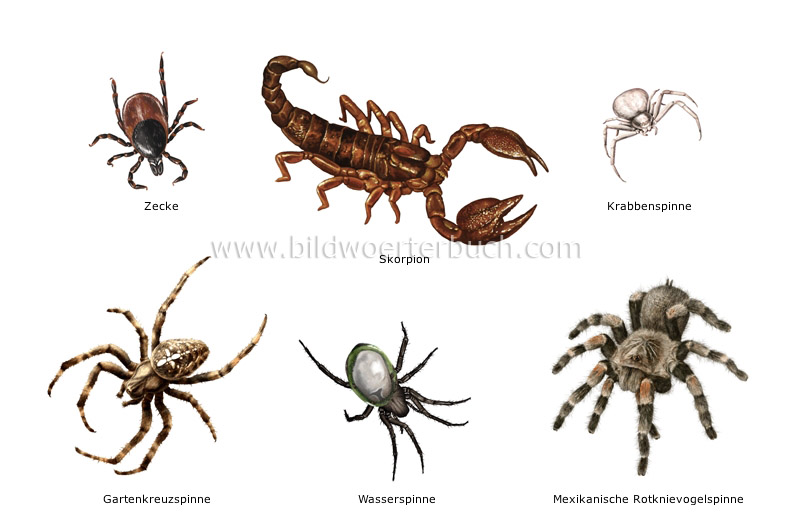 Animal Kingdom is Divided in 10 Phyla:
Animal Kingdom is Divided in 10 Phyla:
1. Protozoa e.g. Amoeba
2. Porifera e.g. Sponges
3. Coelenterata e.g. Jelly fish
4. Platyhelminthes e.g. Tapeworm
5. Nemathelminthis e.g. Roundworm (Nematodes)
6. Annelida e.g. Earthworms
7. Arthopoda e.g. All insects
8. Mollusca e.g. Snail & Slugs
9. Echinodermata e.g. Star fish
10. Chordata e.g. Frog
Characters:
1. Body metamerically segmented with jointed limbs.
2. Body segments are grouped to form head, thorax and abdomen.
3. Body covered with exoskeleton made up of chitin, which is moulted at definite intervals.
4. Bilaterally symmetrical animals.
5. Cilia are absent. (except in peripatus)
6. Aquatic forms breath with gills while, terrestrial forms by air tubes called trachea.
7. Body cavity called haemocoel.
8. Compound eyes are present.
9. Nephridia absent.
10. Sexes are separated.
There are Six Classes of Phylum Arthropoda:
1. Onycophora e.g. Peripatus
2. Crustacea e.g. Crabs, Prawns, Lobsters
3. Chilopoda e.g. Centipedes
4. Diplopoda e.g. Millipeds
5. Arachnida e.g. Spider, ticks, mites
6. Insecta (Hexapoda) e.g. All Insects
Class: Insecta or Hexapoda:
Characters:
1. Body is segmented and invested with chitinous exoskeleton.
2. Body is divided into three regions viz., Head, Thorax, and Abdomen.
3. Head bears a pair of antennae and compound eyes and the mouthparts.
4. Thorax carries three parts of legs and two pairs of wings in adult stage.
5. Only one pair of jointed appendages is born on the body segment.
6. Abdominal appendages on 8th and 10th abdominal segments are modified for mating.
Modern Classification is Based on the Following Criteria According to Imms:
1. Presence and absence of wings and their features.
2. Mouth parts and their modifications.
3. Morphological characters of all stages of insects.
4. Types of metamorphosis.
5. Characters afforded by antennae and tarsi.
6. Embryological and post-embryological evidence.
7. Evidence of fossils.
8. The details of life history.
Original Article Here







